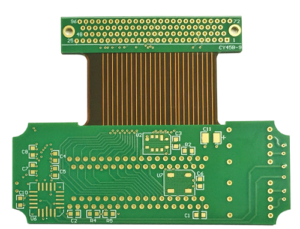What are the reasons for soldering blistering of circuit boards
PCB circuit board soldering and blistering means that the circuit board is separated from the board or copper foil in a high temperature environment (above 250 °C), so that the solder resist and the flow blocking effect are lost. The occurrence of solder mask blistering on the PCB circuit board not only affects the appearance of the circuit board, but also reduces the aesthetics and affects the performance of the circuit board. So what is the cause of soldering and soldering of PCB boards?
1,Poor surface treatment: Since the surface of the PCB circuit board is not well treated, such as uneven brushing, residual water stains, oil stains, etc., it is easy to cause soldering and soldering of the circuit board.
2, the thickness of the ink is uneven: when the printed circuit board is soldered, especially when it is hand-printed, the thickness of the solder resist is often different. Therefore, in the place where the solder resist is thick, the drying time is insufficient, which leads to the solder joint. The force is reduced, causing the soldering to blister.
3, multiple times tin or tin pot temperature is too high: general circuit board soldering resistance has a certain degree of high temperature resistance, once it exceeds its range will affect the adhesion of solder mask, resulting in solder joint blistering. Usually, multiple times of spraying tin or excessive temperature will affect the adhesion of the circuit board soldering.
4,Copper surface depression: There are many kinds of plates on the circuit board. Generally, the international plate will not have the phenomenon of copper foil depression. Some manufacturers use PCB board manufacturers to use low-priced circuit board plates to reduce the cost. When printing to a concave position, the adhesion is lowered and the solder resist is peeled off.
Grace Zheng
Email: sales06@andwinpcb.com
Skype: andwinpcb

